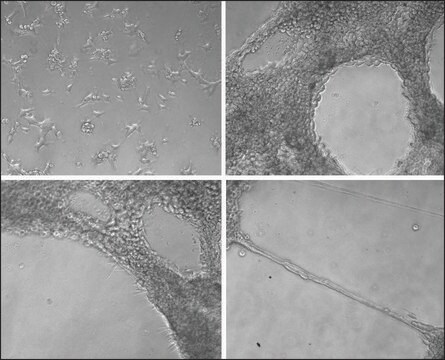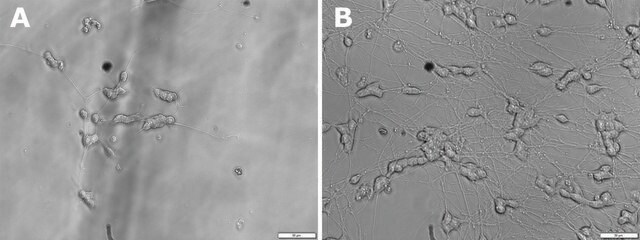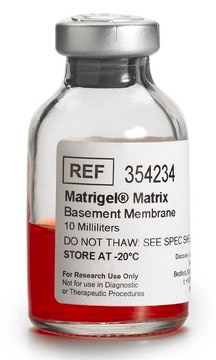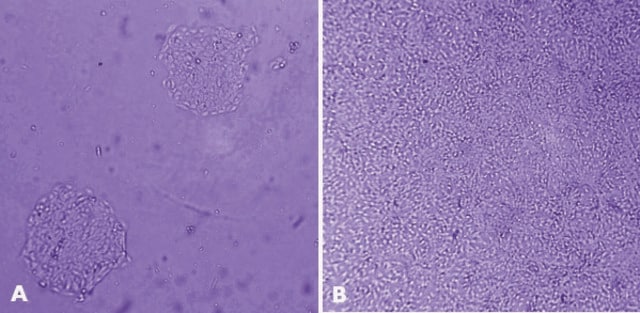E0282
MaxGel™ ECM
mixture, liquid
Synonim(y):
Ekstrakt z ludzkiej błony podstawnej (BME)
About This Item
Polecane produkty
Szukasz podobnych produktów? Odwiedź Przewodnik dotyczący porównywania produktów
Zastosowanie
- Extracellular matrix (ECM) protein binding assays
- Cell invasion assay
- Cell culture
Komponenty
Przestroga
Informacje prawne
Kod klasy składowania
12 - Non Combustible Liquids
Klasa zagrożenia wodnego (WGK)
WGK 3
Temperatura zapłonu (°F)
Not applicable
Temperatura zapłonu (°C)
Not applicable
Wybierz jedną z najnowszych wersji:
Masz już ten produkt?
Dokumenty związane z niedawno zakupionymi produktami zostały zamieszczone w Bibliotece dokumentów.
Klienci oglądali również te produkty
Produkty
Human cell derived basement membrane extract (BME) hydrogel for 3D cell culture of primary cell, stem cell and xenograph cancer models.
Hydrogela are the most widely used systems for 3D cell culture. Learn more about this technology (what are hydrogels? How to chose?)
Przegląd hodowli komórek 3D. Dowiedz się więcej o hodowli komórek 2D i 3D, zaletach hodowli komórek 3D i technikach dostępnych do tworzenia modeli komórek 3D
3D cell culture overview. Learn about 2D vs 3D cell culture, advantages of 3D cell culture, and techniques available to develop 3D cell models
Nasz zespół naukowców ma doświadczenie we wszystkich obszarach badań, w tym w naukach przyrodniczych, materiałoznawstwie, syntezie chemicznej, chromatografii, analityce i wielu innych dziedzinach.
Skontaktuj się z zespołem ds. pomocy technicznej









